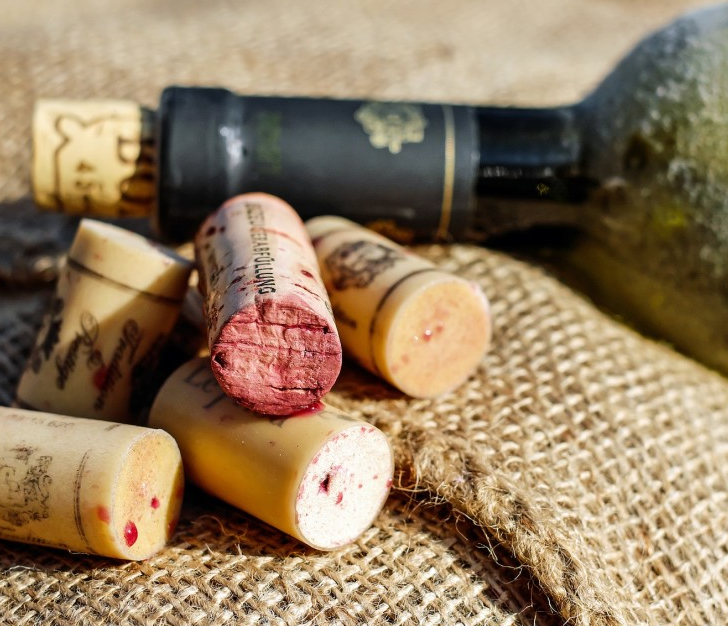A moldy wine cellar and thou: a story safari
A moldy wine cellar — and thou. It’s not exactly Omar Khayyam:
A Book of Verses underneath the Bough,
A Jug of Wine, a Loaf of Bread—and Thou
Beside me singing in the Wilderness
Oh, Wilderness were Paradise enow!
 But I have a story for you today, of mold and wine and how the two can come together to create something even more intoxicating than fermented grapes: a metaphor.
But I have a story for you today, of mold and wine and how the two can come together to create something even more intoxicating than fermented grapes: a metaphor.
I dialed in late to a conference call a month ago, just as my friend Melissa Smith was finishing a story about her recent visit to a winery. Sometimes a moldy wine cellar, she said, produces the best wine. I socked that tidbit away in my idea file; it seemed like the perfect metaphor for a larger story.
Revelations from a moldy wine cellar
Apparently Melissa thought so too, because she wrote it up in her blog, under the provocative title “The Day I Wanted to Become Like Mold.” I’ll share some excerpts with you here, because it’s a great example of a Story Safari™.
“…a cellar without mold is incomplete. (Floored when I heard this).
The mold that grows in a cellar of aging wine is what sets the climate. It changes from white to black and lets you know that it’s doing its job. A winemaker enjoys seeing it. They understand both the science and art of winemaking. Which means they appreciate and respect what could be seen to others as hazardous or simply ugly is, in fact, beautiful.”
What others see as hazardous or ugly, a winemaker sees as beautiful. Great metaphor, right? We could apply it to so many things.
Melissa sees a metaphor here that applies to her work, matching clients with the right virtual assistants. The mold, she says,
…works with the wine. One does not exist without the other. At least, not a great wine. Mold does not take the spotlight. It can only be appreciated by an artist. The wine gives back to the mold by releasing its vapors. They feed off one another. As the wine continues to age and the secondary flavors arise it’s the mold that helped make it happen.”
She makes the analogy more concrete:
“Mold is nature’s assistant to the wine. I am an actual assistant to my clients.”
and
“Whether like a muse to the artist, ingredients to the chef, or mold to cellar wine I am the often unseen laborer. My titles and duties change. My mission remains the same — to get my clients from where they are to where they want to be.”
She wraps up the story safari by circling back to the image she began with:
“Not everyone can appreciate service or an assistant. Not everyone appreciates art, food, and wine either. Fortunately, I have realized who I am called to serve. I’m in search of the artist looking for his muse, the chef looking for ingredients to speak to him, and the winemaker looking for the mold to change color.”
The story serves facts
I’m guessing by now you know much more about a moldy wine cellar than you did when you started reading this piece. You also know more about my friend Melissa—not just what she does for a living but why she does it, how her work connects to her value system. Sure, you could get much the same information from a menu of services and an “About Me” page on her website. But you’re much more likely to remember the information now that you’ve read it in the context of a story. And I bet you’re feeling more warmly toward Melissa than you did before. (You should; she’s a lovely person.)
The clients I wrote about earlier this week might have cut the mold story as extraneous. But it carries the essence of the idea much more effectively than mere facts ever could.